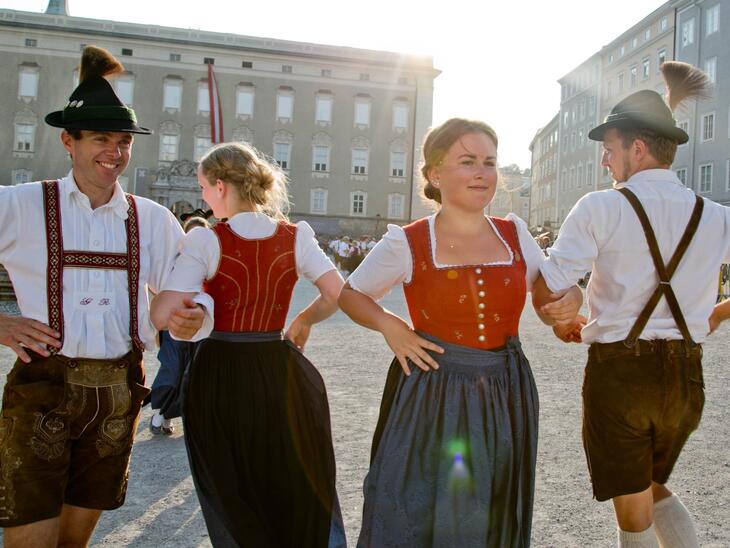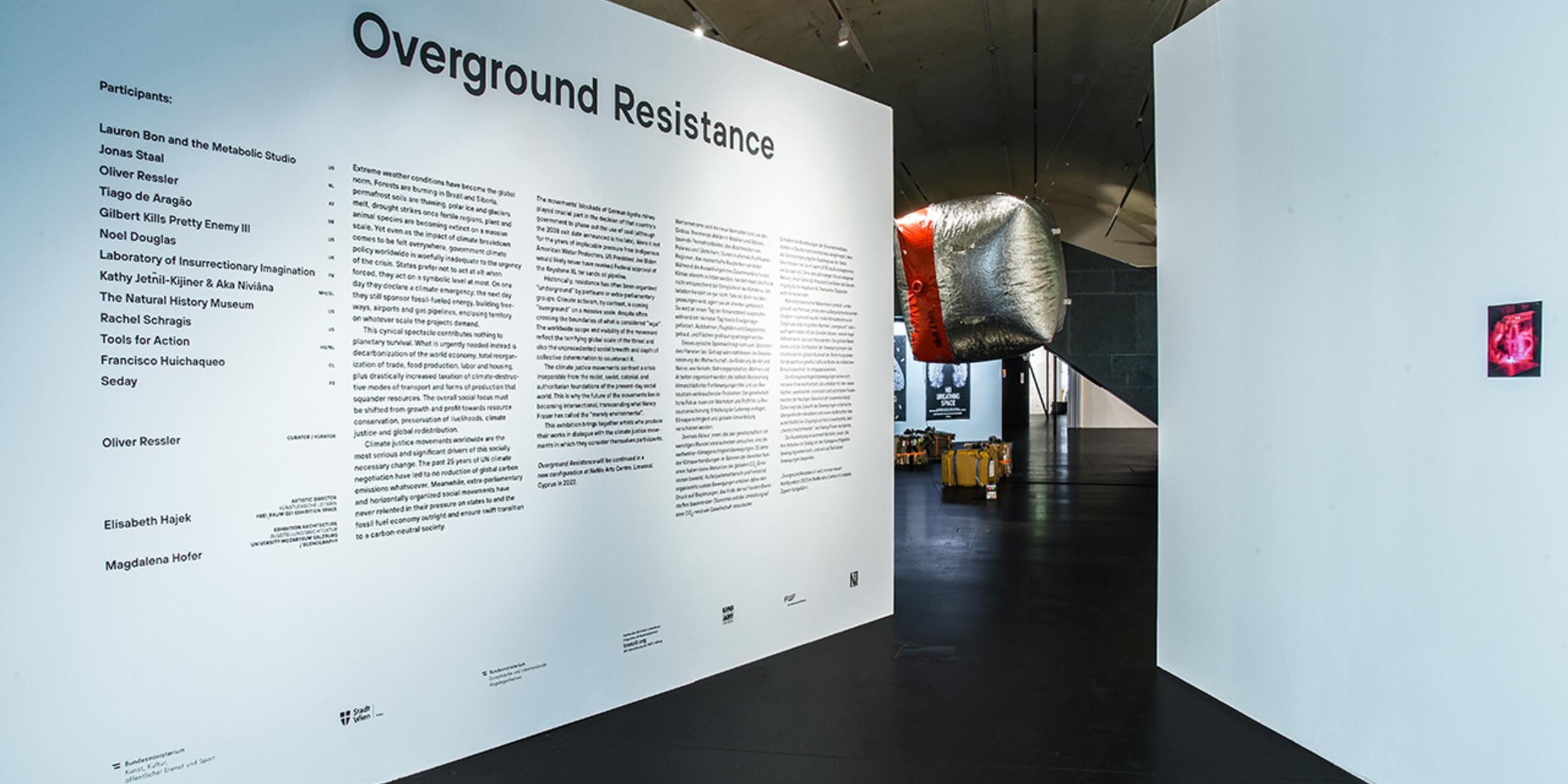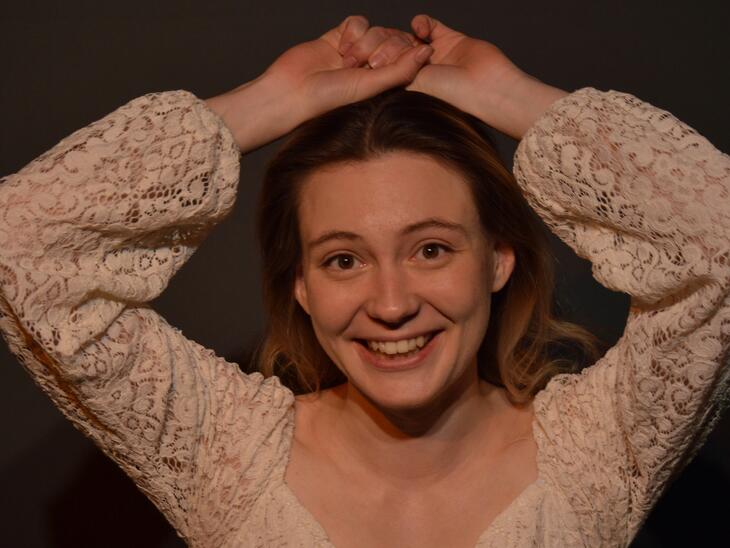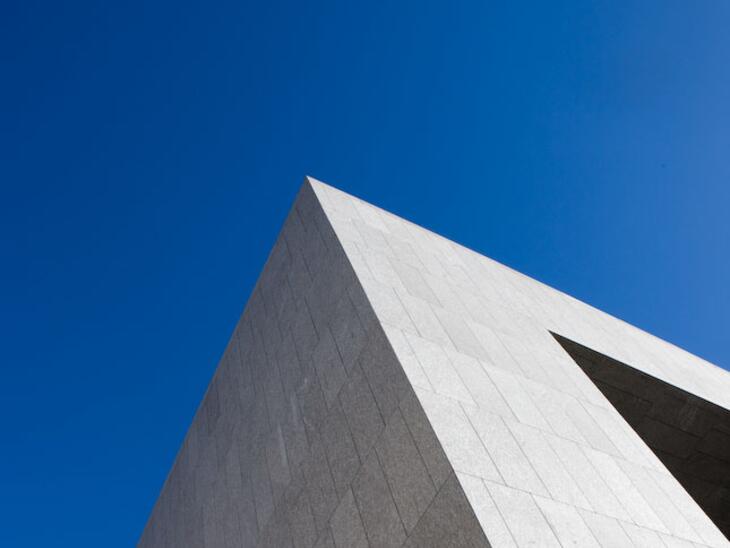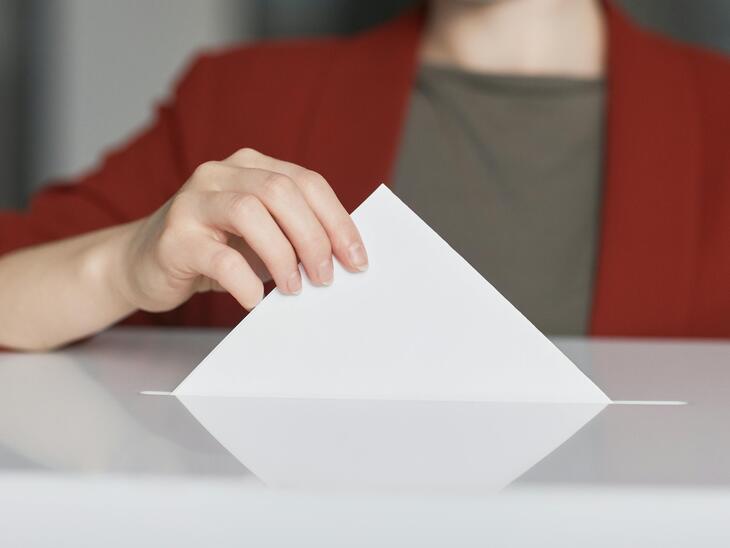It is of central importance that students have the opportunity to gain professional practice outside the university context already during their studies. For Magdalena Hofer, a student at the Department of Stage and Costume Design, Film and Exhibition Architecture at the University Mozarteum Salzburg, this became possible through a close collaboration within the framework of the exhibition series frei_raum Q21 under the artistic direction of Elisabeth Hajek: "The impetus for our cooperation with the University Mozarteum Salzburg was department head Univ.-Prof. Henrik Ahr. During a placement tour at Q21/MQ in 2012, the idea arose to give students insights into the interdisciplinary field of exhibition production in direct exchange with international curators and artists, and to develop the exhibition design together. 'Overground Resistance' is already the 9th exhibition whose architecture was conceived and realized by students of the department. A continuation of our cooperation in 2022 is already planned in the context of the exhibition 'Space of Urgency', which I am very much looking forward to." For curator Oliver Ressler , who himself is represented in the exhibition with the two works "Barricade Cultures of the Future" and "Overturn the Present, Barricade the Future," the collaboration with Magdalena Hofer has in any case worked wonderfully. "Most of my artistic work is based on personal relationships with political groups or critical individuals. Due to the pandemic, most of the meetings to realize 'Overground Resistance' had to take place via Zoom. Magdalena Hofer nevertheless managed to identify with the themes and positions exhibited. She has productively taken up the theme of climate activism in her spatial architecture and developed a very self-confident visual setting that nevertheless leaves the necessary space for the artistic works." The fact that "Overground Resistance" negotiates one of the most important issues of our time was an additional challenge for Magdalena Hofer. The exhibition brings together artists* who develop their work in dialogue with the climate justice movement and see themselves as part of the movements actively fighting climate collapse. For example, works are shown that are used as tactical tools directly in actions of civil disobedience. In the works of the Laboratory for Insurrectionary Imagination, art and activism are so interwoven that the two spheres are impossible to separate. It is also noteworthy that four artists have indigenous backgrounds, and the corresponding struggles from Chile or the US are addressed by those directly involved. Of particular importance to Magdalena Hofer is the leporello by artist Rachel Schragis. It is a flowchart resulting from experiences the Brooklyn-based artist had as co-organizer of the People's Climate March 2014. In workshops, (young) people were sensitized to the climate crisis and motivated to become politically active and take concrete action. "Also in Austria and even in Salzburg there are a wide variety of organizations, groups and individuals working on concrete solutions in the field of climate protection, sustainability and food sovereignty. The scene is diverse and shows a wide range of approaches to solutions. For mobility as well as for municipal planning. It is a conscious decision whether I am interested in the world's continued existence or not," says Magdalena Hofer. If one becomes aware of the state of existential endangerment, this often leads to fear, aggression or passivity. This hopelessness can result in tunnel vision, the visualization of which forms the starting point for Hofer's exhibition architecture. "As soon as we break free from this rigidity of shock, however, spaces open up, spaces for action, for which the artistic works of ' Overground Resistance ' are representative." In her exhibition architecture, Magdalena Hofer thus starts from the motif of the bottleneck. For in the capitalist economy, too, according to the approach of "Overground Resistance," in which the central cause of the climate crisis lies, the (artificial) scarcity of resources is used to dictate prices and neoliberal policies. This scarcity, specifically the narrowing of individuals' options for action, however, also leads to contradiction and to forms of resistance that can be experienced in the exhibition. Converted cardboard bales serve as seating furniture. They refer to the conscious and considerate use of resources. At the end of the exhibition, the cardboard bales are turned back into waste paper and recycled. The ecological footprint of the seating approaches zero. "Working on an exhibition in one of the largest cultural areas, the MQ Vienna, on a topic that is also so important to me was like jumping into cold water. However, thanks to the intensive support of Elisabeth Hajek and Henrik Ahr from the very beginning, the transition from concept to implementation was a smooth one, and I never felt lost at any point. There was room for my doubts and content-related thoughts. I was very impressed by Oliver Ressler's constructive way of working. Working on social movements in the art and architecture environment is something I would not want to miss in the future," sums up Magdalena Hofer "Overground Resistance" is an exhibition that is not about pure illustration or documentation. It is about establishing relationships with social movements in which women artists and cultural producers are actively involved. Magdalena Hofer became a part of it. Spaces have opened up for her as well. (First published in Uni-Nachrichten / Salzburger Nachrichten on October 6, 2021)
